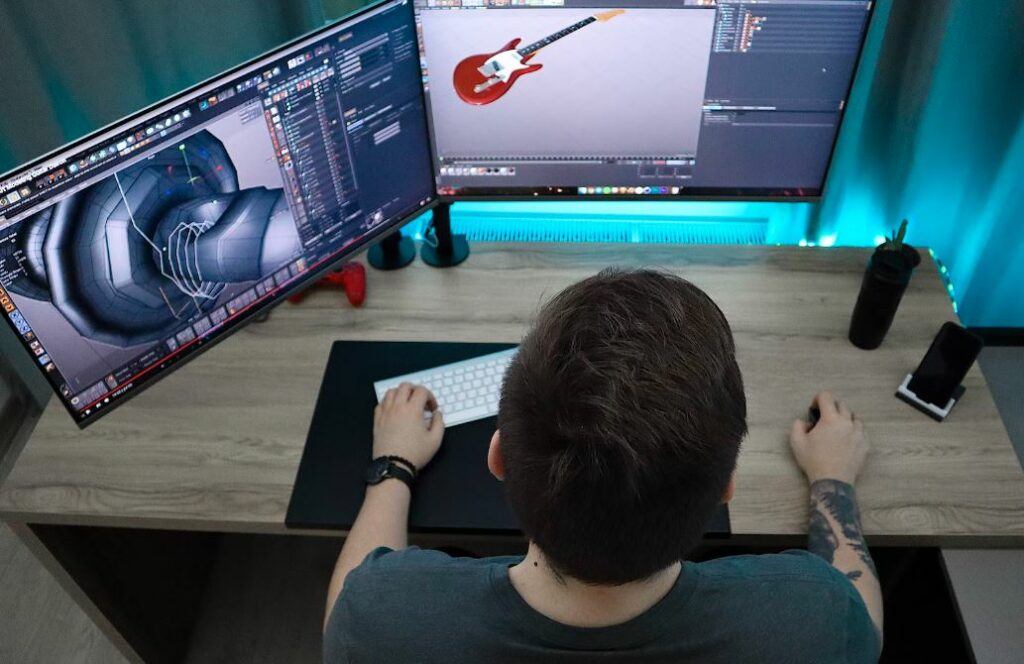When you look at stunning landscapes in Augmented Reality (AR) apps, have you ever wondered how they make it so realistic? One answer to that question is the use of height maps. So, what is a height map? It’s a type of data file that helps give flat images a 3D look, making them much more like the real world. Scroll down to learn how real-world landscapes become part of the amazing AR worlds.
Turning Flat Maps into 3D Wonders
Usually, you start with a flat, 2D map of a place. But in AR, a flat map won’t do the trick. You need hills, valleys, and all the other things that make landscapes interesting. This is where height maps come in. These maps tell the AR software where to add bumps and where to make holes. For example, if you’re creating a virtual hike through a mountain range, the height map will ensure those mountains are not just flat pictures but have height and depth.
Satellite Images and Real-world Data
You might wonder where the information for height maps comes from. Well, often, it’s from satellites way up in space! These satellites take pictures and collect data about the Earth’s surface. Sometimes, they even use radar to measure the height of mountains and buildings. This data helps to create a height map that is very close to the real thing. This means that when you look at an AR app that shows a famous landmark or city, you’re seeing a version that’s very much like what you’d find if you visited in person.
Creating Realistic Water Bodies
Water bodies like rivers, lakes, and oceans are a crucial part of any landscape. AR uses height maps to show water realistically, too. For instance, a lake in an AR game won’t just be a flat blue area. With height maps, the lake will have depth, maybe even underwater hills and valleys. This creates a fuller and more real experience. If it’s a fishing game, for instance, the fish could be swimming at different depths, and the underwater plants could be shown in great detail. This makes the whole experience much more fun and interesting.
Using AR for Real-world Planning
AR isn’t just for games and fun. It’s also used for serious stuff like city planning and environmental research. Let’s say a city wants to build a new park. Using AR and height maps, they can create a virtual model of the park to test out different ideas. They could see how the hills and valleys would look, where to place benches, and how water would flow. This can save time and money because they can test everything before building. It’s a way to make better choices and plan more effectively.
Adobe states, “You can use height maps to generate 3D terrain based on real landscapes. You can also use them in the texturing process to provide added depth and realism to a 3D object’s surface.”
Future of AR Landscapes
As technology improves, we can expect even more amazing things from AR landscapes. Soon, we might have AR apps that can show us real-time changes in the landscape. Imagine seeing how a place changes with the seasons or even how it might look due to climate change. AR landscapes could become a key tool for studying and understanding the world around us.
The technology behind AR landscapes is already pretty amazing, and it’s getting better all the time. Height maps play a key role in making AR worlds as real as possible, using satellite data and other sources to ensure the hills, valleys, and water bodies are true to life. From gaming and tourism to serious work like city planning and environmental research, AR landscapes are changing how we see and interact with the world.





